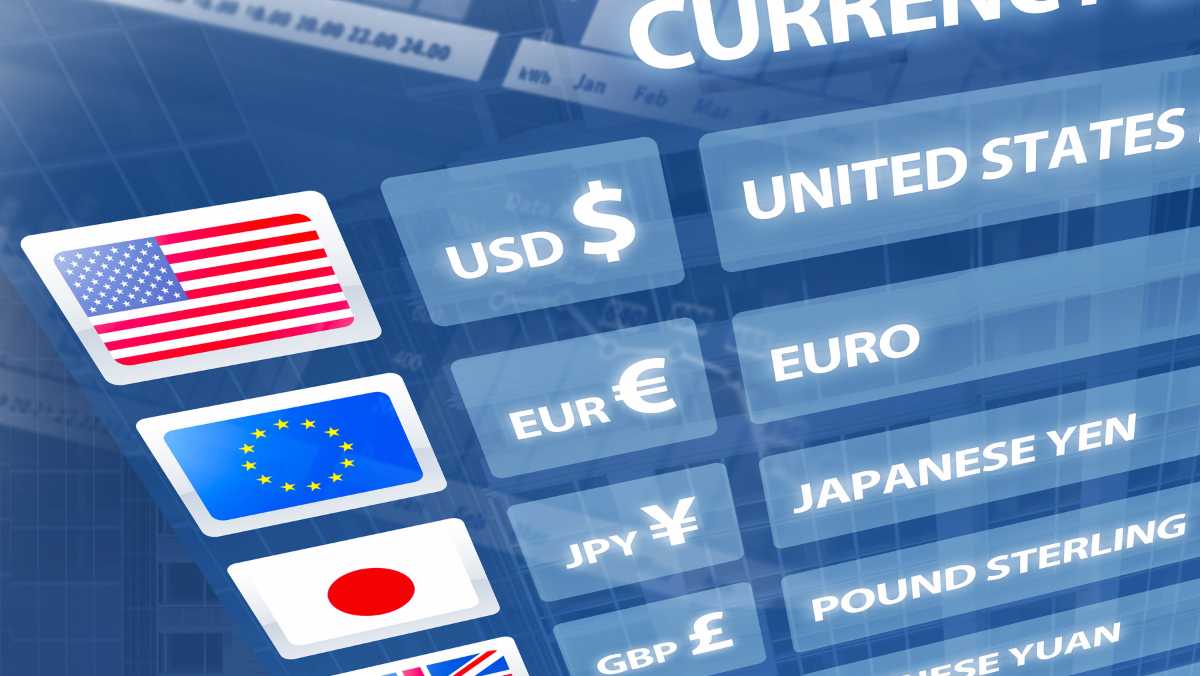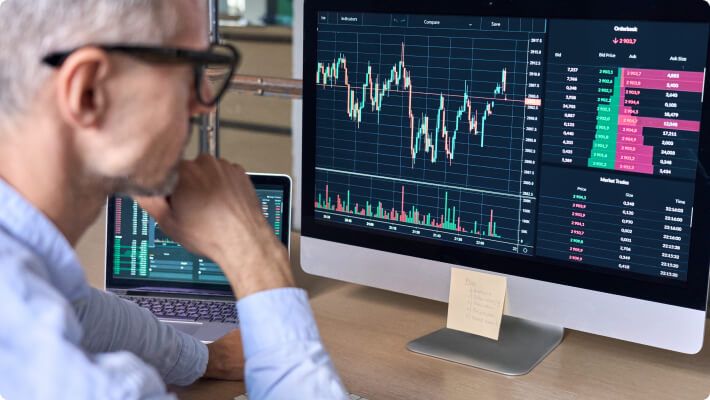Thursday Aug 31 2023 08:22

7 min
In trading, the term "exposure" refers to the amount of risk that an investor has in a particular market or asset. Exposure can be measured in different ways, depending on the type of trading strategy being used, and is a crucial concept for any trader to understand. Traders are advised that there is no such thing as a risk-free investment and to always take careful consideration of your exposure before making financial decisions.
There are several types of exposure that traders need to consider when making investment decisions:
This refers to the overall level of risk associated with a particular market, such as the stock market, commodities market, or currency market. A trader with high market exposure is vulnerable to economic factors that can affect the entire market, such as interest rate changes, political events, and economic indicators like GDP growth or unemployment rates.
This refers to the level of risk associated with a specific sector of the market, such as technology, energy, or healthcare. A trader with high sector exposure is vulnerable to factors that can affect that sector, such as regulatory changes, supply and demand imbalances, and technological advances.
This refers to the level of risk associated with a particular asset, such as a stock, bond, or commodity. A trader with high asset exposure is vulnerable to factors that can affect the value of that particular asset, such as company earnings, geopolitical events, and supply and demand imbalances.

This refers to the level of risk associated with investing in a particular currency or trading pair. A trader with high currency exposure is vulnerable to factors that can affect the exchange rate between currencies, such as interest rate differentials, political events, and economic data releases.
Managing exposure is a critical part of any trading strategy. Traders need to be aware of the risks associated with their investments and take steps to mitigate those risks. There are several ways to manage exposure, including:
This involves spreading investments across different markets, sectors, assets, and currencies to reduce the overall level of risk. By diversifying, traders can reduce their exposure to any single market or asset and increase their chances of a more favourable trading outcome.
This involves taking a position in one market to offset the risk of another position. For example, a trader might take a long position in a stock but hedge that position by taking a short position in a related market or asset.
This involves determining the appropriate size of each position based on the level of risk associated with that position. Traders need to balance the potential rewards of a position against the potential risks and adjust their position size accordingly.
This involves setting a predetermined level at which a position will be automatically closed to limit potential losses. Traders can use stop-loss orders to manage their exposure by setting limits on the amount of risk they are willing to take on. This is just one type of order that can help limit your exposure and improve your risk management.

Understanding exposure is crucial for any trader who wants to be successful in the markets. Without a clear understanding of their exposure, traders risk taking on too much risk and suffering significant losses. By managing exposure effectively, traders can reduce their risk and the probability of unexpected trading outcomes.
One of the key benefits of managing exposure is that it allows traders to take advantage of market opportunities without risking their entire portfolio. For example, a trader might see an opportunity to invest in a particular stock but be hesitant to do so because of the elevated level of risk associated with that stock. By managing their exposure through diversification, hedging, position sizing, and stop-loss orders, the trader can take advantage of the opportunity while limiting their risk.
Another benefit of managing exposure is that it can help traders stay disciplined and avoid emotional decision-making. When traders are exposed to too much risk, they may be tempted to make impulsive decisions based on fear or greed. By managing their exposure, traders can stay focused on their trading strategy and avoid making rash decisions that could lead to significant losses.